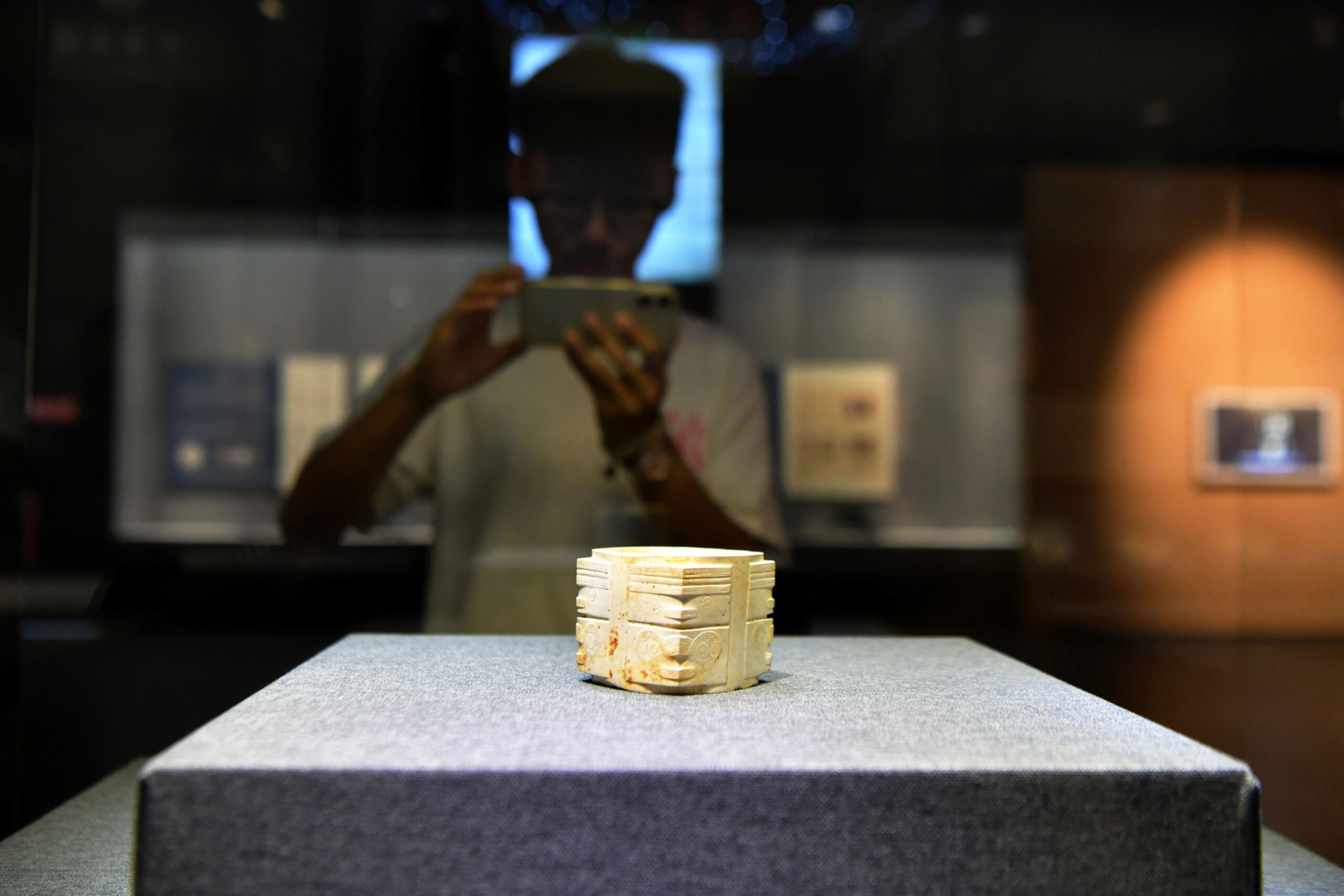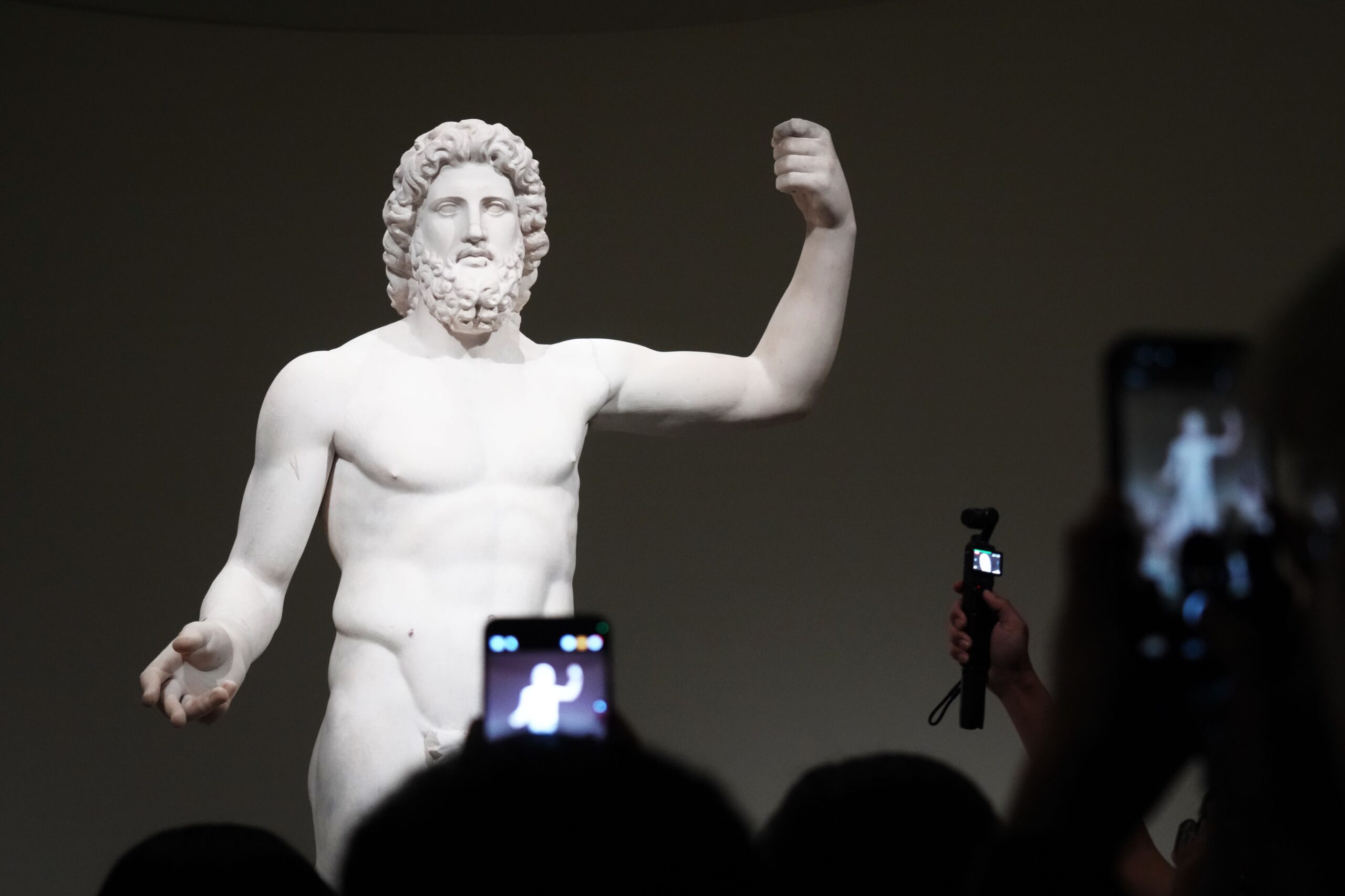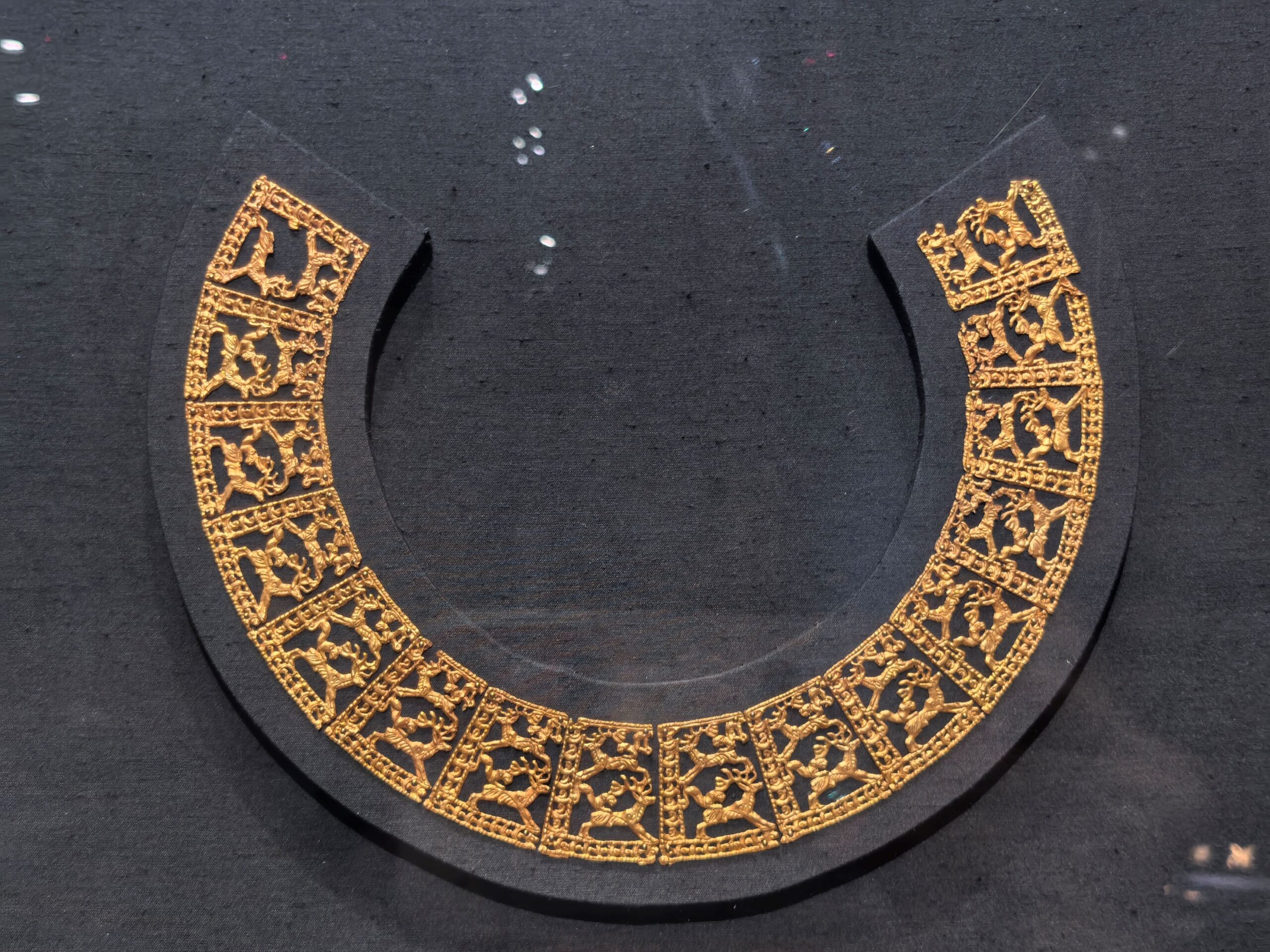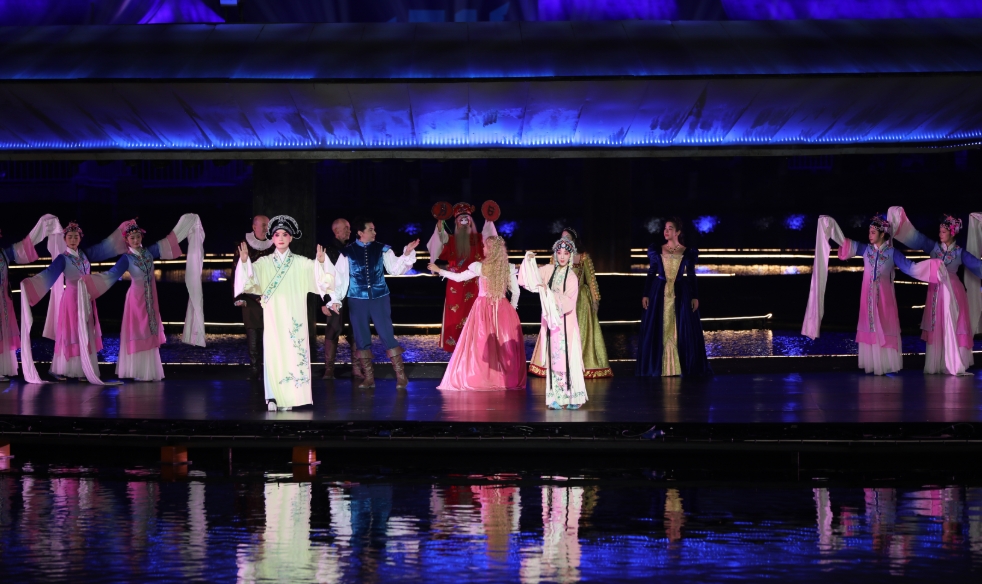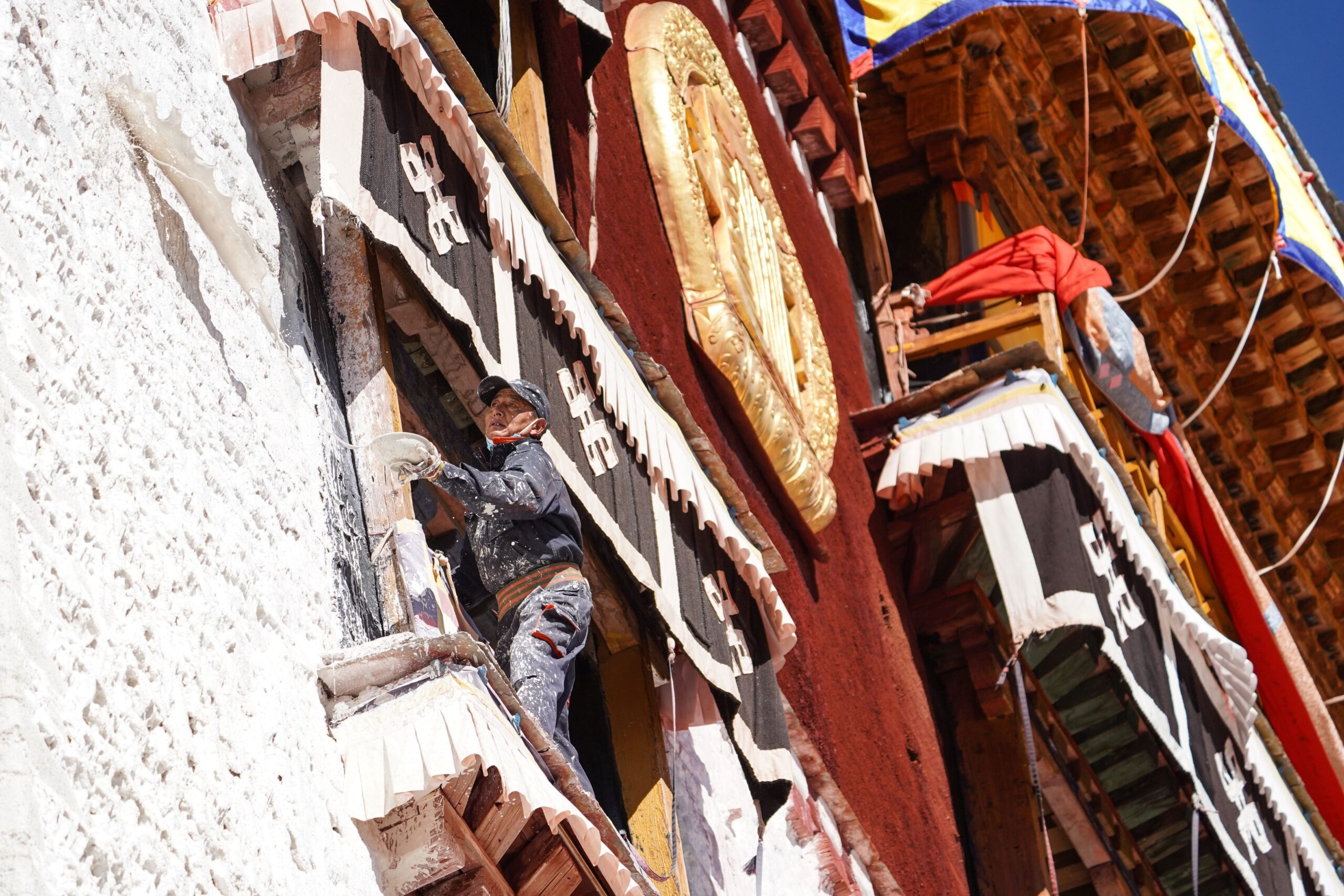Archaeologists uncover a possible 5,000-year-old royal cemetery at China’s Liangzhu site, offering new insight into one of the world’s earliest civilisations.
At the Liangzhu site near Hangzhou, researchers have uncovered traces of a walled enclosure close to the well-known Fanshan Tomb complex — a possible royal cemetery dating back about 5,000 years.
The news was shared at the third Liangzhu Forum, held on October 18 in Hangzhou. There, More than 300 scholars and museum experts from over 60 countries attended the event. They came together to discuss heritage and archaeology. The discovery quickly became one of the forum’s most talked-about topics.
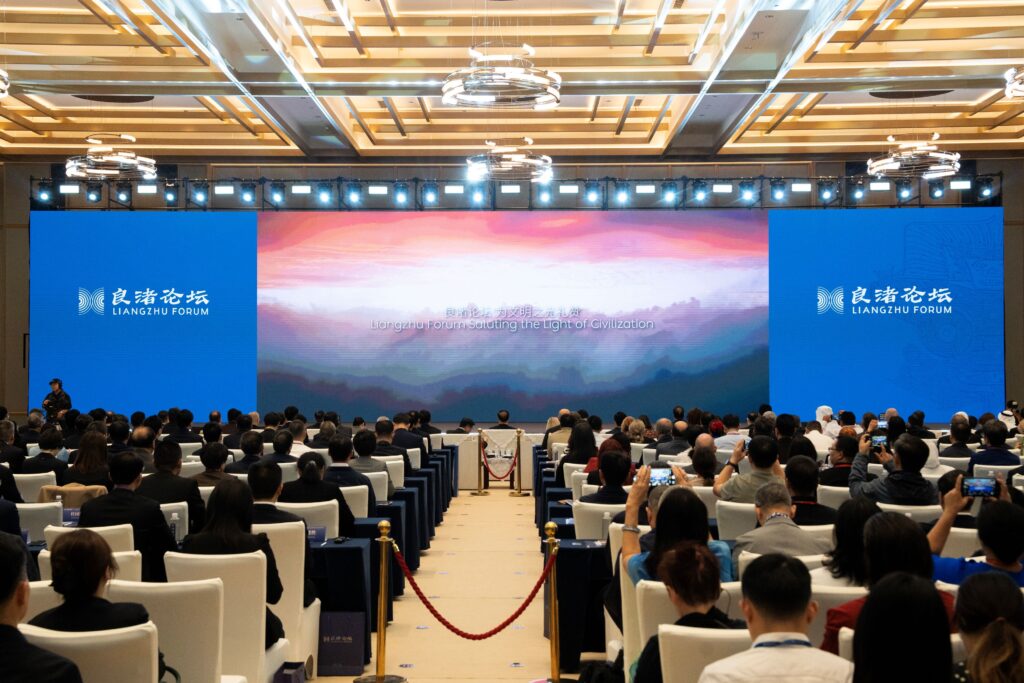
Ancient Walls Point to a Possible Royal Cemetery
According to Wang Ningyuan, who leads the science archaeology division at the Zhejiang Provincial Institute of Cultural Relics and Archaeology, the team found a rectangular wall forming a closed courtyard around the Fanshan royal tomb.
Radiocarbon tests show the structure dates back roughly 5,000 years. This is the same era as the tombs that produced the famous King of Cong and King of Yue jade pieces.
“These results show that the concept of royal burial grounds had already taken shape in Liangzhu society,” Wang said. He added that the find hints at a surprisingly early form of state organisation and ritual practice.

A City Built with Water and Power
Fanshan is not an isolated site. In fact, it forms part of the greater Liangzhu ancient city, known for its sophisticated water management system — a network of dams and canals that supported life in the Yangtze River basin thousands of years ago.
Archaeologists also identified several rectangular earthen platforms aligned from north to south, stretching nearly four kilometres from Fanshan to Fengshan Hill near the city’s southwest corner.
Wang explained that this ridge functioned as a watershed: to the west lay reservoirs, while to the east more than 300 settlement sites once stood. “For us, it means Liangzhu wasn’t just a city.” Wang said, “It was a planned landscape — a place where architecture, water, and social order were deeply connected.”
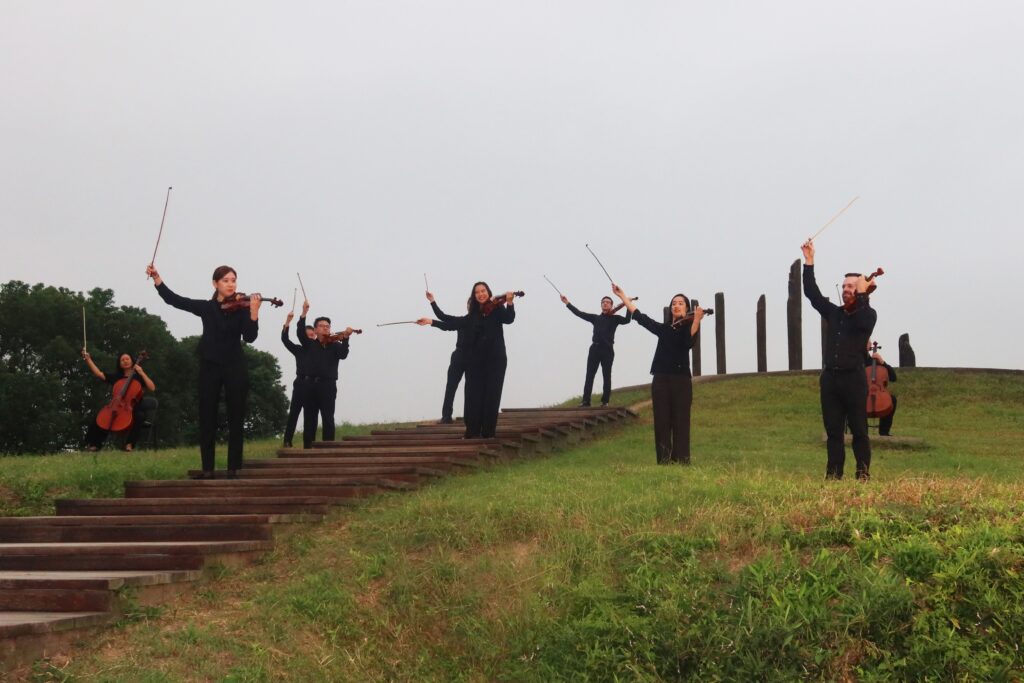
Clues to an Early Civilisation’s Social Order
Experts say the new evidence provides crucial clues to how the Liangzhu people organised their city, managed resources, and buried their elites. It also helps explain how power, faith, and technology intertwined in early Chinese civilisation.
Researchers continue to piece together the story of Liangzhu. Meanwhile, each discovery shows that this ancient city — often called “China’s Venice of the Stone Age” — still hides many secrets waiting to be unearthed.
Additional reporting by Xinhua, CNS.
If you liked this article, why not read: Liangzhu: China’s 5,000-Year-Old Neolithic Jade Capital

